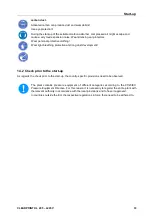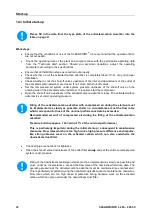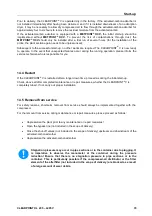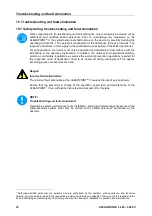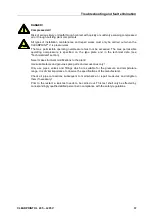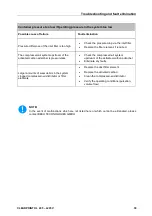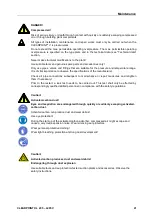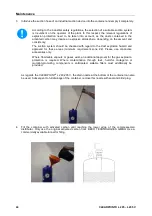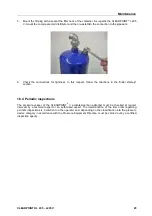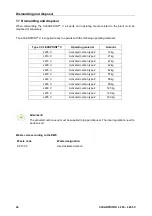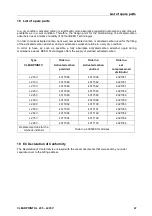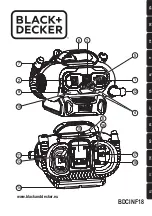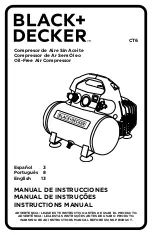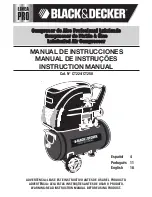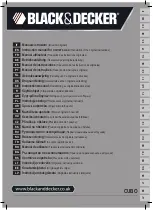
Start-up
34
CLEARPOINT® L 205 – L295 V
14.3 Initial start-up
Please fill in the data from the type plate of the activated-carbon adsorber into the
table on page 3!
Work steps:
Ensure that the conditions of use of the CLEARPOINT
®
V are met and that the operation limits
are not exceeded.
Check the operating data of the plant and compare these with the permissible operating data
from the "Technical data" section. Should you ascertain deviations, adjust the operating
parameters according to the specifications.
Ensure that all installation steps were carried out properly.
Check whether or not the activated-carbon adsorber is completely tubed. If not, carry out proper
installation.
Check whether or not the shut-off valves upstream of the inlet and downstream of the outlet of
the activated-carbon adsorber are closed. If not, close both shut-off valves.
Set the compressed-air system under system pressure upstream of the shut-off valve on the
entering side of the activated-carbon adsorber. If required, start the compressor.
Open the shut-off valve upstream of the activated-carbon adsorber slowly. The activated-carbon
adsorber is set under operating pressure.
Filling of the activated-carbon adsorber with compressed air during the start-up must
be implemented as slowly as possible. Under no circumstances must the flow rates
which correspond to those of the nominal performance data be exceeded.
Recommended amount of compressed air during the filling of the activated-carbon
adsorber:
Pressure build-up approx. 1 bar/min (or 1% of the nominal performance)
This is particularly important during the initial start-up / subsequent to maintenance
measures. Flow rates which are too high cause high pressure difference and impulse-
like strong abrasive wear on the activated carbon which can also overwhelm the
downstream dust filter.
Check all pipe connections for tightness.
Open the shut-off valve downstream of the outlet filter
slowly
and set the entire compressed-air
system under pressure.
Filling of the downstream tank/pipe network must be implemented as slowly as possible and
must, under no circumstances, exceed the flow rates of the nominal performance data. The
operating pressure at the activated-carbon adsorber must be maintained (see manometer).
This is particularly important during the initial start-up/subsequent to maintenance measures.
Flow rates which are too high cause impulse-like strong abrasive wear on the activated
carbon which can also overwhelm the downstream dust filter.














